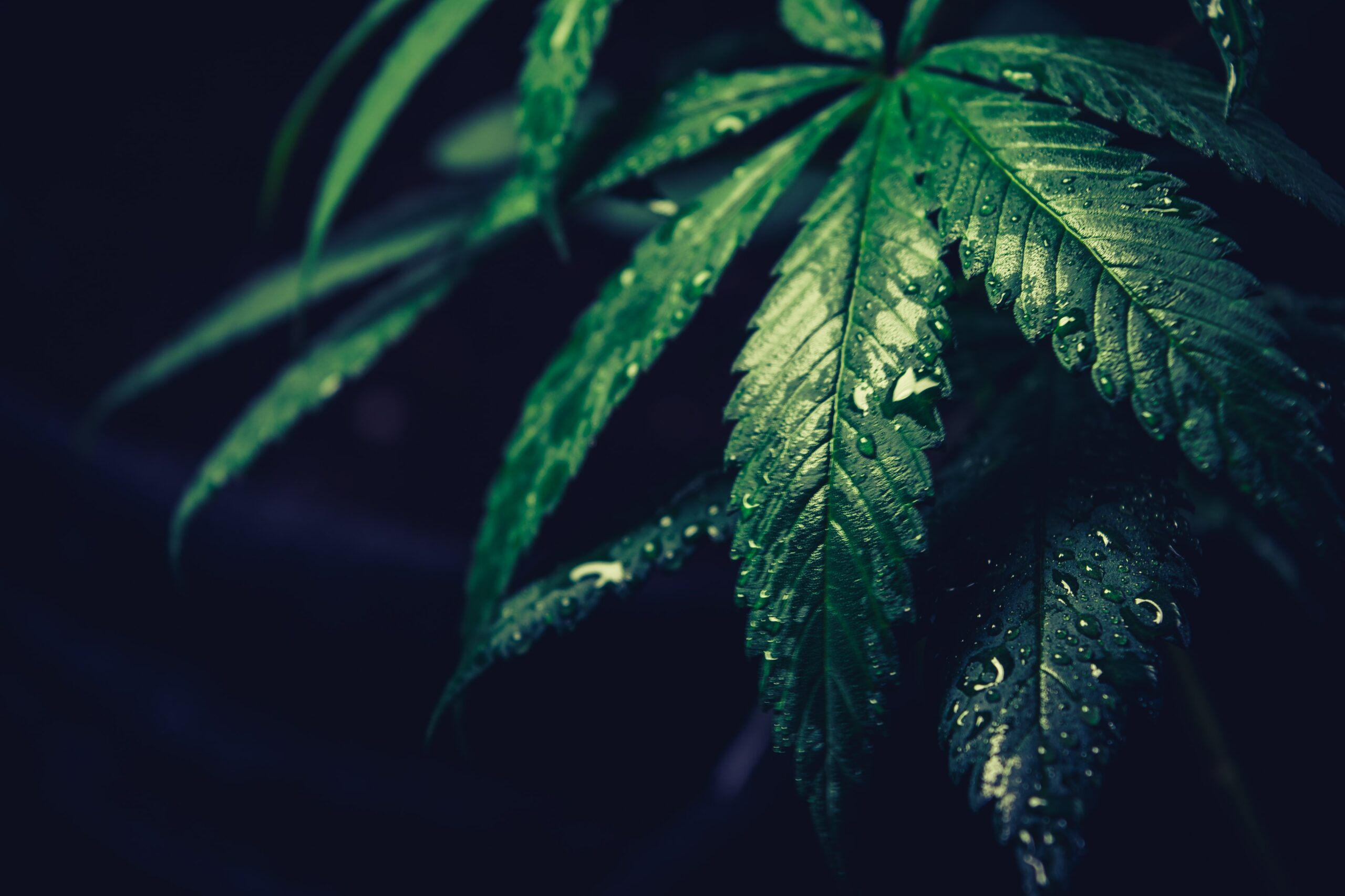A peer-reviewed guide to save energy, improve quality and reduce costs
Portland, OR. (October 18, 2021) — RII recently released its “Automation & Controls Best Practices for Cannabis Cultivation & Controlled Environment Agriculture Operations” guide. The sixth release in RII’s Best Practices series, the guide was peer-reviewed by experts in the controlled environment agriculture industry, and is intended to help producers improve the quality of their yields while saving on energy and production costs. It supports producers and their design and construction partners by:
- Speaking the language relevant to controlling and automating environmental control systems in horticultural applications
- Understanding types of control systems optimizing horticultural environments
- Planning for integrated controls approaches in greenhouse or indoor operation
- Installing and operating successful controls solutions in alignment with your business model
- Using data from control systems to improve productivity and efficiency
- Demonstrating energy savings for utility energy efficiency incentive programs
Integrating automation and control best practices in cannabis cultivations can reduce energy and operating costs while increasing yield per square foot. They have a major positive impact on use of time by freeing up growers to scout for pests and diseases that may have gone unnoticed, which can prevent crop loss and increase facility productivity.
Grow operations can prioritize using automation to increase precision for fine-tuned production operations, conserve resources, and reduce demand during peak periods. Controls hardware and software designers and manufacturers have solutions purpose-built for cannabis cultivation that have gained the lessons learned from diverse commercial and industrial applications. Sensing equipment is now more specialized for horticultural facilities, lower-cost, more widely available, and more durable than ever before. Environmental control systems gather and monitor data from sensors and report on grow room conditions and system operation so HVAC, lighting, and irrigation systems can maintain target environmental conditions like light intensity, room temperature, and watering rate, and these systems record data efficiency programs can use to claim savings.
The potential savings from lighting and HVAC controls are not well understood by efficiency programs and incentives for high-performance automation approaches are often being calculated using custom assessments of energy savings. Cultivators also struggle to understand how different environmental controls approaches affect their ability to provide consistent conditions and save energy in their growing environments.
Utilities and energy efficiency programs can benefit from understanding traditional and efficient approaches to lighting and HVAC controls to quantify the energy benefits using consistent approaches.
The best practice guide can be downloaded for free at this link.
To schedule an interview or request press credentials, please contact Shawna Seldon McGregor at shawna@themaverickpr.com or 917-971-7852.
About Resource Innovation Institute: Resilient harvests for the next hundred years
Resource Innovation Institute is an objective, data-driven non-profit organization whose mission is to measure, verify and celebrate the world’s most efficient agricultural ideas. We cultivate a better future for all of humanity with our vision of resilient harvests for the next hundred years. Our consortium of members brings perspectives from across the field—uniting architects and engineers, growers and operators, researchers and analysts. Founded in 2016 to advise governments, utilities and industry leaders on the resource impacts of indoor cultivation, an under-studied and resource-intensive market, we have since extended our research to other sectors in partnership with the US Department of Agriculture. To take on the challenges of our changing world, we believe that food, medicine and other vital crops demand data-driven insights, securely shared with integrity. By nurturing the human connections in our complex and dynamic industry, we can build deeply restorative systems for people and the planet. Visit our website at ResourceInnovation.org. Follow us on LinkedIn, Facebook, Twitter and Instagram.



